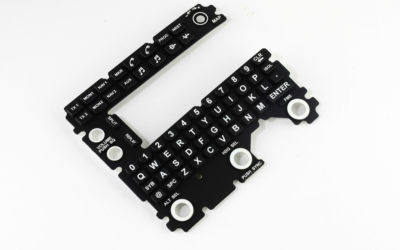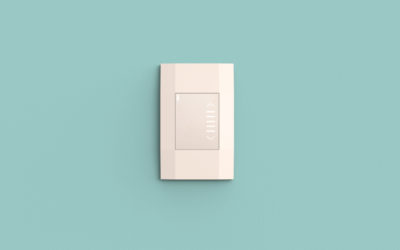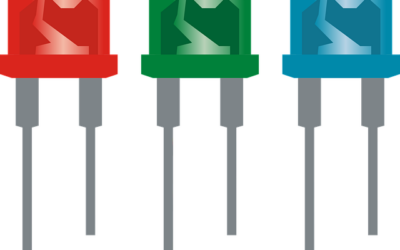News
No Results Found
The page you requested could not be found. Try refining your search, or use the navigation above to locate the post.
No Results Found
The page you requested could not be found. Try refining your search, or use the navigation above to locate the post.
No Results Found
The page you requested could not be found. Try refining your search, or use the navigation above to locate the post.
What Is a Capacitive Wheel and How Does It Work?
Capacitive technology isn't limited to touchscreens. There are other types of control interfaces that leverage this technology. Keypads and circuits, for instance, may leverage capacitive technology. Some of them feature a capacitive wheel. Capacitive wheels may look...
Embossed vs Debossed Keypads: What’s the Difference?
Do you know the difference between embossed and debossed keypads? Keypads are used in a variety of consumer and commercial applications. You can find them on household appliances, such as microwaves and remote controls. You can also find them on commercial machinery...
The Importance of Electrodes in Capacitive Switches
Electrodes play an important role in capacitive switches. Without at least one electrode, capacitive switches won't work. Some switches use a mechanical method of operation, whereas others use a touch-based method of operation. Capacitive switches fall under the...
What Are Polymer Light-Emitting Diode (P-OLED) Displays?
When most people think of display technologies, they envision liquid-crystal display (LCD) and organic light-emitting diode (OLED). LCD and OLED are undoubtedly common. They are used in countless TVs, computer monitors, tablets and other display devices. LCDs are...
Understanding the Differences Between LED Array vs LED Edge-Lit Backlighting
Light-emitting diode (LED) has become synonymous with backlighting. It’s one of the most popular backlighting technologies for keypads, switches, TVs, computer monitors and other devices. LEDs are semiconductors that generate light in response to an electrical...
Nelson Miller and Chainlogix are now Nelson Miller Group!
In January of last year, Nelson Miller’s ownership group, New Water Capital, acquired Chainlogix and announced plans to merge the two companies. We’re excited to share that we are taking the next step in unifying the Nelson Miller and Chainlogix teams by joining...
What Are Surface Acoustic Wave (SAW) Touchscreens Made Of?
Surface acoustic wave (SAW) touchscreens are on the rise. You can find them in restaurants, retail stores, amusement parks, banks and more. Like all touchscreens, SAW touchscreens are able to detect and respond to touch commands. While other types of touchscreens rely...
Technology tips worth knowing
3 Common Types of Organic Light-Emitting Diodes (OLEDs)
When researching display technologies, you may come across organic light-emitting diode (OLED). Not to be confused with LED-backlit liquid crystal display (LCD), OLED is a classification of display technologies that feature self-illuminating pixels. You can find...
An Introduction to Super-Vertical Alignment (SVA) Displays
Different types of display devices are powered by different technologies. Whether you're planning to buy a computer monitor, a TV, a touchscreen or a human machine interface (HMI), you'll need to consider the display technology. Most display devices, of course,...
The Beginner’s Guide to In-Plane Switching (IPS) Displays
Have you heard of in-plane switching (IPS) displays? Display devices are found everywhere. They consist of TVs, computer monitors, smartphone screens, human machine interfaces (HMIs) and other electronics that display images. While there are many different types of...
The Benefits of Full-Array Liquid-Crystal Displays (LCDs)
Liquid-crystal displays (LCDs) can be classified as either full-array or edge-lit depending on their backlighting. All LCDs have backlighting. The pixels within LCDs aren't self-illuminating like those within plasma displays. As a result, LCDs require backlighting....
TN vs IPS Liquid-Crystal Displays (LCDs): What’s the Difference?
Light-crystal display (LCD) has become the world's leading display technology. More display devices are powered by LCD than any other technology. As the name suggests, LCD is characterized by the use of liquid pixels. LCDs contain a layer of organic and liquid pixels,...
How the Pixels in an LCD Are Powered
Pixels are an important part of a liquid-crystal display (LCD). All display devices, including LCDs, are comprised of many small elements that form their respective images. Known as pixels, they are typically arranged in a grid. LCDs produce images by illuminating...
4 Common Types of Video Connectors
Are you thinking about a display device? Display devices, such as computer monitors, typically support a video connector. You'll have to connect a monitor to a computer via a cable. The type of cable you'll need to use, though, will depend on the device's video...







